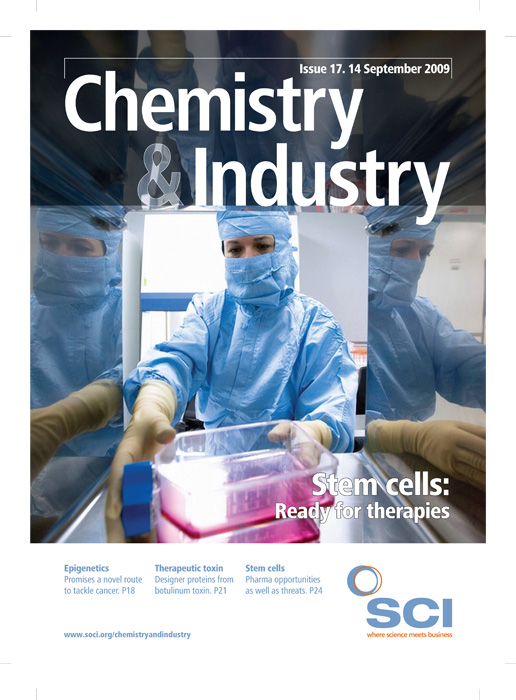Cancer cells are probably the most successful
cell types. They evolve extremely successfully,
manipulating their environment efficiently to
occupy every possible niche in the host organism.
So in response, a successful therapy must also
be just as manipulative, multifaceted and robust.
Epigenetic cancer therapy is a branch of gene
therapy that targets the disease by interfering
with the expression of genes driving the cancerous
process, rather than killing the transformed cells.
If the genome is the hard disc of a computer
containing the blueprint for the creation, function,
maintenance and reproduction of the organism,
then epigenetics is the operating system to make
all of that information accessible. All cells have
the hard disk, loaded with the same genes but
the operating system – epigenetics – sees to it
that only those genes relevant to that particular
cell for its function are turned on and off at the
right times.
Epigenetics basically describes when, where
and how a gene is expressed. This process of gene
activation and deactivation is a function of changes
in the chromatin structure – the DNA–histone
complex – of chromosomes (see Box 1 opposite).
Any changes in gene expression are not due to or
dependent on the underlying DNA base sequence
but are introduced by modifications on the DNA
itself or on the associated core histones in the
chromatin or both. These changes, often involving the methylation or demethylation of chromatin,
are heritable at cell division but are also dynamic
and easily reversible as opposed to changes in the
genetic DNA sequence, which are permanent and
almost impossible to reverse.





